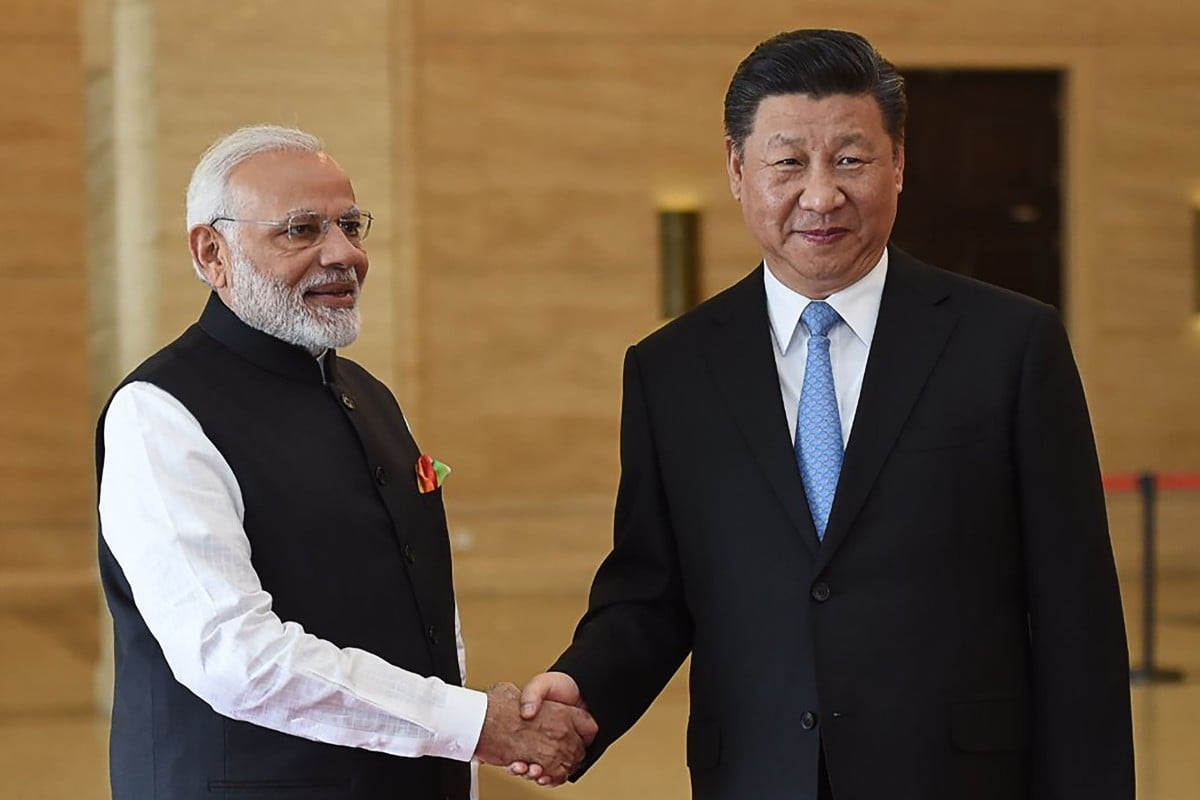Ananth Krishnan
The plan remains a thorny issue in relations. In the past two weeks alone, this has manifested in two ways. First, during Chinese Foreign Minister Wang Yi’s September 7 visit to Pakistan, when both countries reiterated their objective of expanding the China-Pakistan Economic Corridor (CPEC), a flagship belt and road project.
Kashmir issue and said it was against any unilateral action to complicate the dispute. This comes after India’s move to revoke Article 370 of the Indian constitution and split the state of Jammu and Kashmir into two union territories, Jammu-Kashmir and Ladakh.
The expression of support brought a sharp response from India, which said it “reject[s] the reference to Jammu and Kashmir in the joint statement issued by China and Pakistan after the recent visit of the Chinese foreign minister” and “consistently expressed concerns to both China and Pakistan on the projects in [the] so-called China-Pakistan Economic Corridor, which is on the territory of India that has been illegally occupied by Pakistan since 1947”.
Second, India skipped a September 10 meeting of the Eurasian Economic Forum organised by the Shanghai Cooperation Organisation (SCO) in Xian. India and Pakistan both joined the SCO in 2017.
Officials suggested the reason for India’s absence was the SCO’s backing of the belt and road plan. Indeed, the SCO’s strong support for the initiative has made for awkward semantics at the grouping’s summits, where India has been the only member not to affirm support for it in joint statements issued after the meetings.
India’s main opposition to the belt and road plan lies in the CPEC, which passes through Indian territory. Its concerns have, however, gone beyond the corridor, with Delhi highlighting the debt burdens that some countries have come under on account of Chinese-funded projects.
The larger problem for India – and one it is yet to resolve – is dealing with the broader challenge posed by the belt and road strategy in its neighbourhood.
When it comes to infrastructure development, no one can match China in terms of cost and speedThomas Daniel, Institute of Strategic and International Studies, Malaysia
While projects are running into troubled waters in South and Southeast Asia, many countries are not able to find credible alternatives to Chinese financing, so they continue to seek Chinese investments.
This was the shared view at a recent Japan Foundation forum in Bangkok which brought together policymakers and think-tank representatives from eight of the 10
“When it comes to infrastructure development, no one can match China in terms of cost and speed. This is important for developing countries like
Malaysia, where funds are limited and there is still a huge demand for various infrastructure projects,” Thomas Daniel of the Institute of Strategic and International Studies in Malaysia said.
In Malaysia, Prime Minister Mahathir Mohamad’s decision to suspend the East Coast Railway Link soon after taking office made headlines. Ultimately, he agreed to put the project back on track after renegotiating the deal, and cutting the cost from US$16 billion to US$10.7 billion. China is now eyeing the much-larger railway project from Kuala Lumpur to
Similarly in Indonesia, the US$6 billion high-speed railway project between Jakarta and Bandung was first shelved and then resumed, despite concerns over the debt burden and huge cost for a short distance, said Bambang Harymurti, a veteran journalist with the Tempo Group.
Pranee Thiparat of Chulalongkorn University in Bangkok said Asean was “unusually fast” in coming out with its joint outlook on the Indo-Pacific, in which Indonesia took the lead. The emphasis on Asean centrality in the Indo-Pacific strategies of countries such as India and Japan has been welcomed. But one problem, said Termsak Chalermpalanupap, visiting fellow at the ISEAS – Yusof Ishak Institute in Singapore, was the different motivations of the key players in the Indo-Pacific, from
A common perception is that the Indo-Pacific strategy pushed by the Trump administration is focused too much on security, instead of economic issues. While the US, Japan and India closely cooperate on security matters, this needed to be translated into offering a more credible economic counterweight to China. This has made it difficult for criticism of the plan, voiced chiefly by the US and India, to gain traction, even if it does highlight issues such as unsustainable financing and a lack of transparency.
For India, maintaining its strong position on the belt and road plan has been further complicated by its recent rapprochement with China. For instance, when Prime Minister
Narendra Modi travelled to Wuhan in April last year for the first informal summit with Xi, India agreed to jointly cooperate with China on projects in third-party countries – despite its previously stated concerns about China’s way of carrying out projects abroad. Hence, India’s broader criticisms of the initiative have become somewhat tempered since Wuhan.
At the same time, China’s insistence on framing the CPEC as a flagship corridor of the belt and road – and routing the corridor through Indian territory – has left little space to bridge the gap between the two countries.
Considering that it is a matter of sovereignty, India has no option but to continue opposing it.
All of which has left the belt and road as an awkward elephant in the room when Xi comes calling next month. India and China, at least, have more than a little experience in dealing with a complicated and intractable dispute that continues to cast a shadow on their relations, however much both sides would like to pretend it is not a hindrance. ■

No comments:
Post a Comment